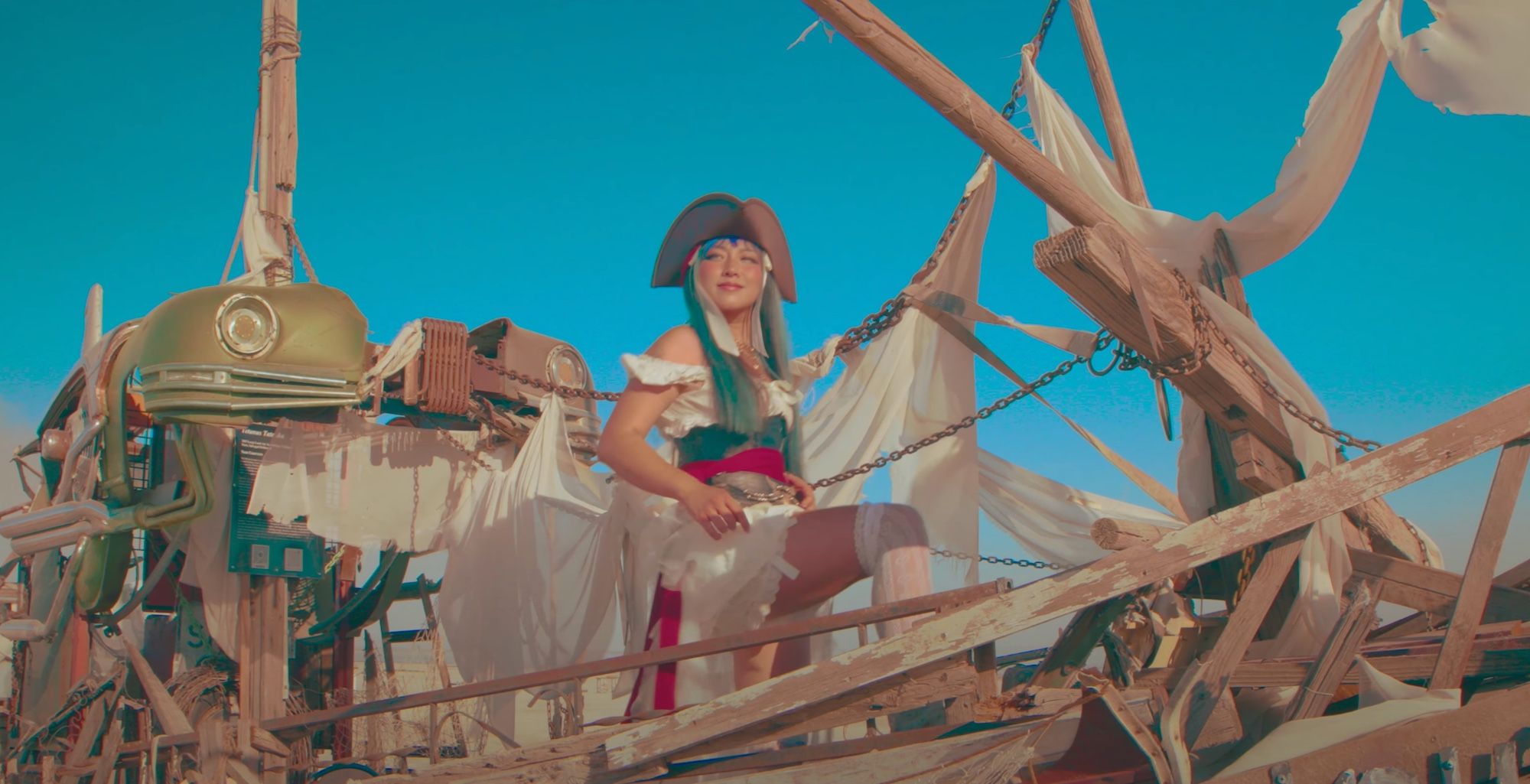Creating a side hustle that combines creativity with profit is the dream for many artists, designers and hobbyists. Custom T-shirts offer a popular medium for self-expression and community engagement. While traditional printing methods pose challenges—high minimum orders, expensive setup costs and limited design options—direct-to-film (DTF) printing removes these barriers. Whether you want to sell designs featuring pop culture references, motivational slogans or original art, DTF printing enables you to print on demand, manage costs effectively and scale up as your business grows. This step-by-step guide will walk you through everything you need to know to launch your own custom T-shirt side hustle.
Step 1: Identify Your Niche and Audience
Every successful clothing brand or T-shirt business starts with a niche. A niche helps you stand out in a crowded market and connect deeply with your target audience. Ask yourself:
- What themes or messages am I passionate about?
- Who is my ideal customer? (e.g., gamers, pet owners, athletes, activists)
- How can my designs reflect my audience’s values and interests?
Choosing a specific niche—such as retro gaming, positive affirmations or animal rescue—makes it easier to create cohesive collections and market your products effectively.
Step 2: Develop Your Brand Identity
Once you’ve chosen a niche, build your brand around it:
- Brand Name: Choose a name that reflects your style and resonates with your audience. Check that it’s available as a domain and on social media.
- Logo and Design Aesthetic: Develop a logo and choose fonts and colors that align with your theme. Keep your aesthetic consistent across your online store, packaging and social media.
- Brand Voice: Define how you communicate with customers—are you casual and friendly or more formal and aspirational? Consistent tone builds trust.
Step 3: Design Your First Collection
Use digital tools like Adobe Illustrator, Affinity Designer or free alternatives like Canva to create your designs. Focus on quality over quantity. Start with 5–10 strong designs that showcase your niche. Ensure each design looks professional by:
- Using high-resolution images (300 DPI) and vector graphics when possible.
- Planning for different colorways or variations.
- Keeping text and art clear and legible.
Don’t forget to incorporate full-color images if your niche calls for it—DTF supports photographic prints and complex gradients.
Step 4: Decide on Printing and Supplies
Outsourcing vs. In-House Printing
You have two options for producing your T-shirts:
- Outsource DTF Transfers: Order pre-printed, ready-to-press transfers from DTF Dallas and press them onto blank garments with a heat press. This method reduces equipment costs and allows you to focus on design and marketing.
- Invest in a Printer: Purchase a DTF printer, curing oven and supplies to print transfers yourself. This option involves higher startup costs but may reduce per-unit costs in the long run. It also allows for faster turnaround.
Choosing Blanks and Equipment
- Garment Blanks: Select high-quality shirts that fit your budget and brand aesthetic. Ring-spun cotton or blended shirts offer a soft feel. Consider eco-friendly blanks if sustainability appeals to your audience.
- Heat Press: A reliable heat press is essential. Choose one with adjustable pressure, accurate temperature control and a timer. A 15×15-inch press is a good all-purpose size.
- Workspace Setup: Dedicate an area for pressing transfers, storing garments and organizing orders. Ensure proper ventilation and use shelves or bins to keep inventory organized.
Step 5: Pricing and Profit Margins
Calculate your costs—blanks, dtf transfers, packaging, shipping, transaction fees—and determine your retail price. Consider your niche, competition and brand positioning when setting prices. Leave room for profit while remaining competitive. Offer discounts on bulk orders or bundles to encourage larger purchases.
Step 6: Create Your Online Store
Set up an online shop using platforms like Shopify, Etsy, Big Cartel or Squarespace. Each platform has advantages depending on your needs and level of customization. Key elements of your store include:
- Product Listings: Use high-quality images of your shirts, showing the front and back. Write detailed descriptions that include sizing, fabric and care instructions.
- Shipping Settings: Determine shipping rates and carriers. Offer free shipping thresholds to incentivize larger orders.
- Payment Options: Enable multiple payment methods like credit cards, PayPal and local options for international customers.
Step 7: Launch and Market Your Brand
Social Media Marketing
- Start accounts on Instagram, TikTok, Pinterest and Facebook. Share your design process, behind-the-scenes content and customer photos.
- Use hashtags relevant to your niche to attract a targeted audience.
- Collaborate with influencers or micro-influencers who align with your brand.
Email Marketing
- Collect email addresses through sign-up incentives like discounts or early access to new releases.
- Send newsletters announcing new collections, flash sales and exclusive content.
Content Creation
- Write blog posts or create YouTube videos about your design journey, niche interests or entrepreneurship tips. Content marketing builds authority and drives traffic.
Community Engagement
- Join forums or online communities related to your niche. Engage in conversations, answer questions and subtly share your brand where appropriate.
- Host giveaways or contests to boost engagement and grow your audience.
Step 8: Fulfillment and Customer Service
When orders start coming in, streamline your fulfillment process:
- Use a system to track orders from payment through delivery.
- Print and press transfers according to order schedules. Use gang sheets to group multiple designs and save time.
- Inspect each garment for quality before shipping.
- Include thank-you notes, discount codes for future purchases or stickers to encourage brand loyalty.
Provide prompt customer service by answering messages quickly, addressing questions about sizing and shipping, and resolving any issues. Positive experiences lead to repeat business and good reviews.
Step 9: Evaluate and Scale
After your initial launch, review your progress:
- Which designs sold best? Introduce similar themes or variations.
- How did marketing campaigns perform? Refine your content strategy based on engagement and sales data.
- Are customers asking for new products? Consider expanding into hoodies, hats or accessories.
- If sales are increasing steadily, evaluate whether it’s time to invest in your own DTF printer.
Conclusion
Launching a custom T-shirt side hustle with DTF printing provides flexibility, creative freedom and scalability. By identifying a niche, building a strong brand, designing high-quality artwork, choosing the right production method, and executing a robust marketing plan, you can transform your ideas into a thriving business. DTF printing removes the barriers of minimum orders and complex setups, enabling you to focus on creativity and customer satisfaction. Start your journey today by exploring DTF Dallas’s ready-to-press transfers and supplies, and turn your passion into profit.




